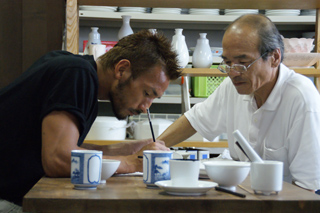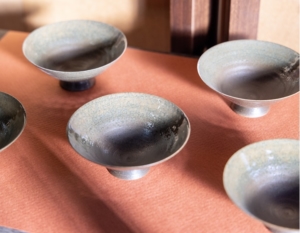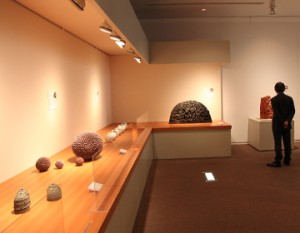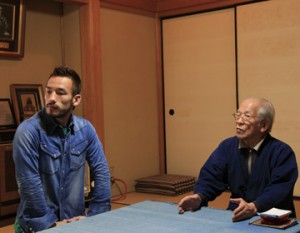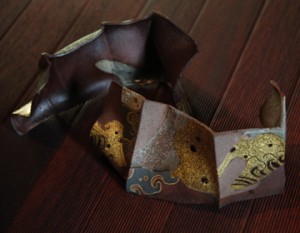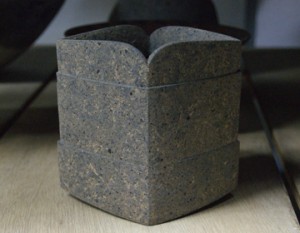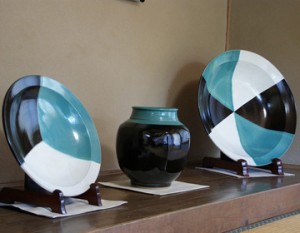Picturesque porcelain
Kakiemon style porcelain is a type of Imari-yaki where the artists use red paint as a base on white porcelain called ”nigoshite”, and in the blank space, beautiful pictures are drawn to create elegant pottery. Around 1659, the production was expanded due to the increase of exports to Europe where the pottery became popular. Consequently, the skills to create white bases without scratches or distortions developed quickly, leading to the production of porcelain pieces of soft and warm, milky base with delicate and bright pictures drawn on them.
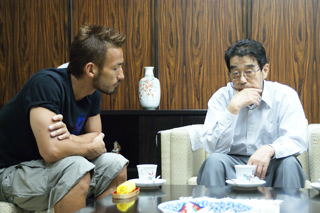
Highly praised in Europe
After Kakiemon style pottery was introduced to Europe by Dutch East India Company, it received high praise and spread widely in Europe. During the 18th century, European kilns made many ”Kakiemon copies” which became rampant in Europe. Even within Japan, the beautiful red picture was highly praised, and in the 1670s, the so-called ”Kakiemon style pottery” was established.
The main characteristic of Kakiemon pottery is its ”nigoshite” base, a base with a warm, white color like the water after rinsing rice. The base is made with a special material and process. Generic white porcelain have a faint blue color, but nigoshite is a soft, milky white color. This color was created based on the thinking that Kakiemon’s colored pictures would be most revealing when drawn on this color. They continued to make improvements, which made the pottery increase in quality. However, by the mid-Edo period, it became difficult to acquire the materials, and the pieces became too difficult to produce, and production was temporarily halted.
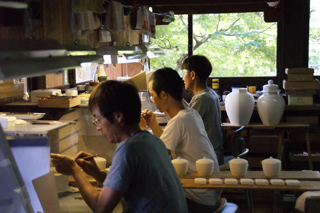
The 14th generation Kakiemon combines wild flowers with pottery
Kakiemon style pottery was revived by the 12th and 13th Kakiemon. They managed to restore the style by researching old literature which were handed down for generations, and after trial and error, the processing technique was designated Japan’s Important Intangible Cultural Assets in 1971, and once again, began to receive high praise. The present 14th Kakiemon inherited the techniques. He also created his own world by infusing new design using wild plant motifs from Aso and Kuju mountains with the nigoshite base. In 2001, he was designated an Important Intangible Cultural Asset Holder.
(Interviewed and drafted in 2009)
